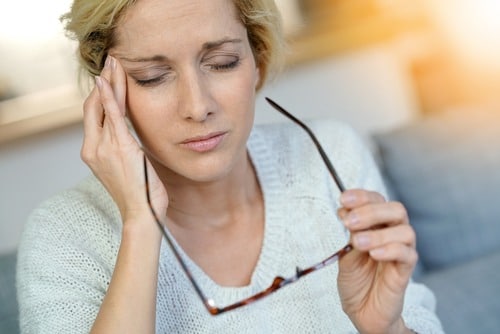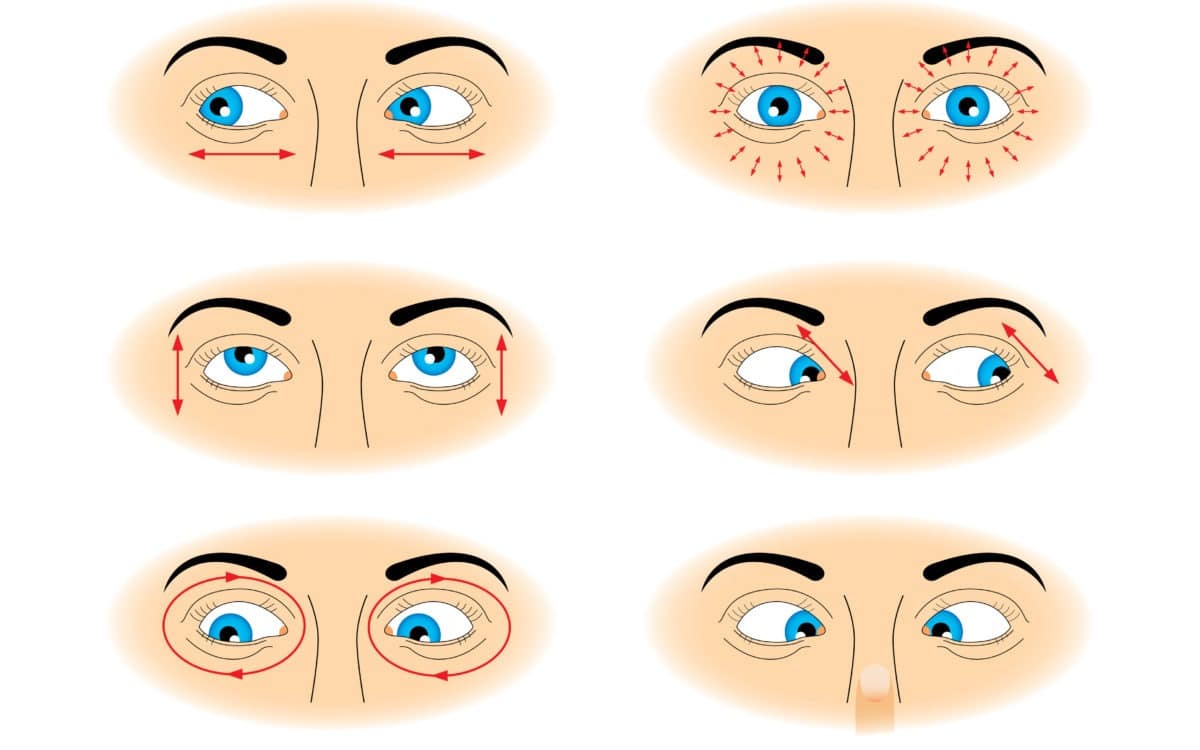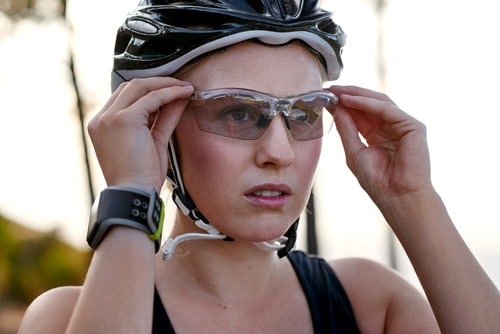Could Your Migraines Be Related to a Retinal Disease?
What is an ocular migraine? Learn about ocular migraines and the best route for ocular migraine treatment.
Could Your Migraines Be Related to a Retinal Disease?
Migraines are not only frustrating and terribly inconvenient, but they can also be incredibly debilitating.
As an individual who suffers from occasional or frequent migraines – or someone who has only experienced one or two migraines recently – you know all too well that they can knock you out of your entire daily routine and force you to lay low until your symptoms pass.
The root cause of any given migraine can vary from individual to individual. When a migraine includes repeated, short bouts of weakened vision or blindness in one eye, there may be a more serious, underlying condition present.
If you or a loved one have experienced repeated visual disturbances in one eye before a migraine attack, you could be suffering from an ocular migraine – also referred to as a retinal migraine.
Keep reading to learn what an ocular migraine is and the best route for ocular migraine treatment.
What is an Ocular Migraine?
An ocular migraine (retinal migraine) is considered a rare condition that can cause short-term vision loss or blindness before the migraine pain sets in, or during the migraine period. Ocular migraines only affect one eye and can include the following monocular (in one eye) visual symptoms:
- Seeing twinkling lights (Scintillations)
- Areas of decreased or lost vision (Scotoma)
- Temporary blindness
Symptoms of an Ocular Migraine
In many ways, ocular migraine symptoms mirror those of a regular migraine. Ocular migraines, however, include one defining symptom that helps distinguish them from traditional migraines: a temporary change of vision in one eye.
Learn more about the telltale symptoms of an ocular migraine:
Vision Loss
As stated earlier, the main symptom of an ocular migraine is vision loss in one eye. While this alarming experience is temporary, the duration can vary. Some individuals can experience vision loss for 10 to 20 minutes, while others may contend with this vision impairment for close to an hour.
Vision loss associated with ocular migraines can be accompanied by a pattern of black spots, or scotomas. As scotomas slowly get larger, an individual can experience complete vision loss in one eye for a brief period of time.
Partial Vision Loss
Vision loss with ocular migraines doesn’t always result in complete, short-term blindness in one eye. Individuals suffering from an ocular migraine may only partially lose vision in one eye.
Partial vision loss is often caused by scintillations, which can be described as twinkling lights or even blurry, dim vision. On average, partial vision loss from an ocular migraine can last 60 minutes.
Strong, Debilitating Headaches
Ocular migraines are often worse than regular migraines. Even after the vision issues, an individual can still contend with a full-blown migraine that can last anywhere from several hours to several days.
These intense headaches can include feelings of nausea, extreme sensitivity to light and sound, and throbbing in the head. It’s common, too, for this pain to only affect one side of the head.
Causes of an Ocular Migraine
During an ocular migraine, the blood vessels within the eye constrict and begin to narrow, causing blood flow to that eye to significantly reduce. This results in vision impairment or temporary blindness.
When the migraine begins to cease, the constricted blood vessels will slowly start to reopen and allow the eye’s normal blood flow to begin again. When all systems are functioning as needed, vision is restored.
Certain activities, conditions, and foods can trigger ocular migraines, such as intense exercise, dehydration, low blood sugar, smoking, etc. But these triggers vary greatly from person to person.
Some eye experts believe that the loss of vision in one eye is a sign of a more serious medical condition, like a retinal disease.
Brief Overview of Retinal Disease
Your retina is the innermost, light-sensitive layer of the eye and contains millions of light-sensitive cells. These nerve cells receive and organize visual information before sending the data through the optic nerve to the brain. Once the brain processes the information, you see the images.
When the retina undergoes a disorder of structure or function, a retinal disease can form. It’s important to note that retinal disease is not singular. There are, in fact, multiple types of retinal diseases that can vary widely. Almost all of them affect a part(s) of the retina and lead to some form of vision issue.
Ocular Migraine Treatment
Depending on the medical specialist you talk to, ocular migraines can be treated with various types of medications. But because the migraine(s) you’re experiencing are affecting your vision, it’s vital that you consult an eye doctor immediately.
Through an in-depth eye exam, an optometrist will be able to fully assess your eye health and identify any vision issues you may be contending with. Upon completion of the exam, you will receive a definitive treatment plan to address your specific eye condition that will aim to prevent future migraine episodes.
Even if what you’re experiencing is not associated with your retina, you will gain peace of mind in ruling out any vision-threatening conditions.
Come see the eye experts at iCare Vision for a comprehensive healthy eye exam today.




